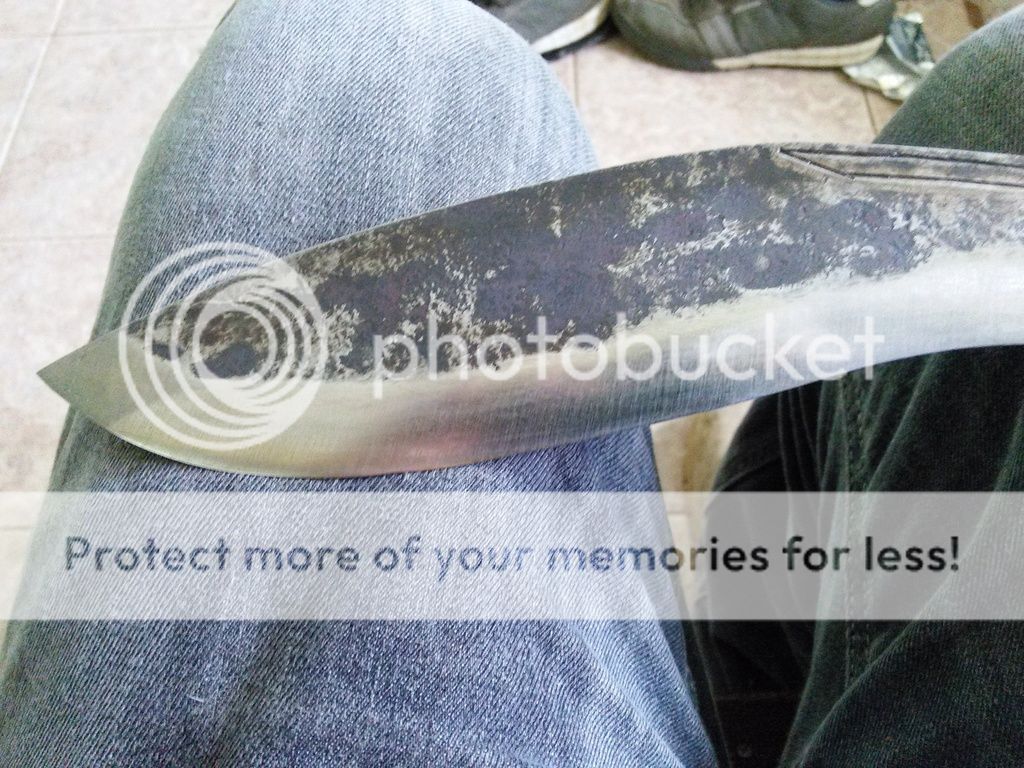- Joined
- Sep 4, 2015
- Messages
- 393
So I just picked up my firs KLVUK (Thx Auntie!) And I can totally see why everyone loves these things so much! I just wanted to know, I would like to finish the handle with linseed or tung oil to give it some more weather resistance, and also, is there anyway to remove the forge scale, or is that not a good idea? Thx!




